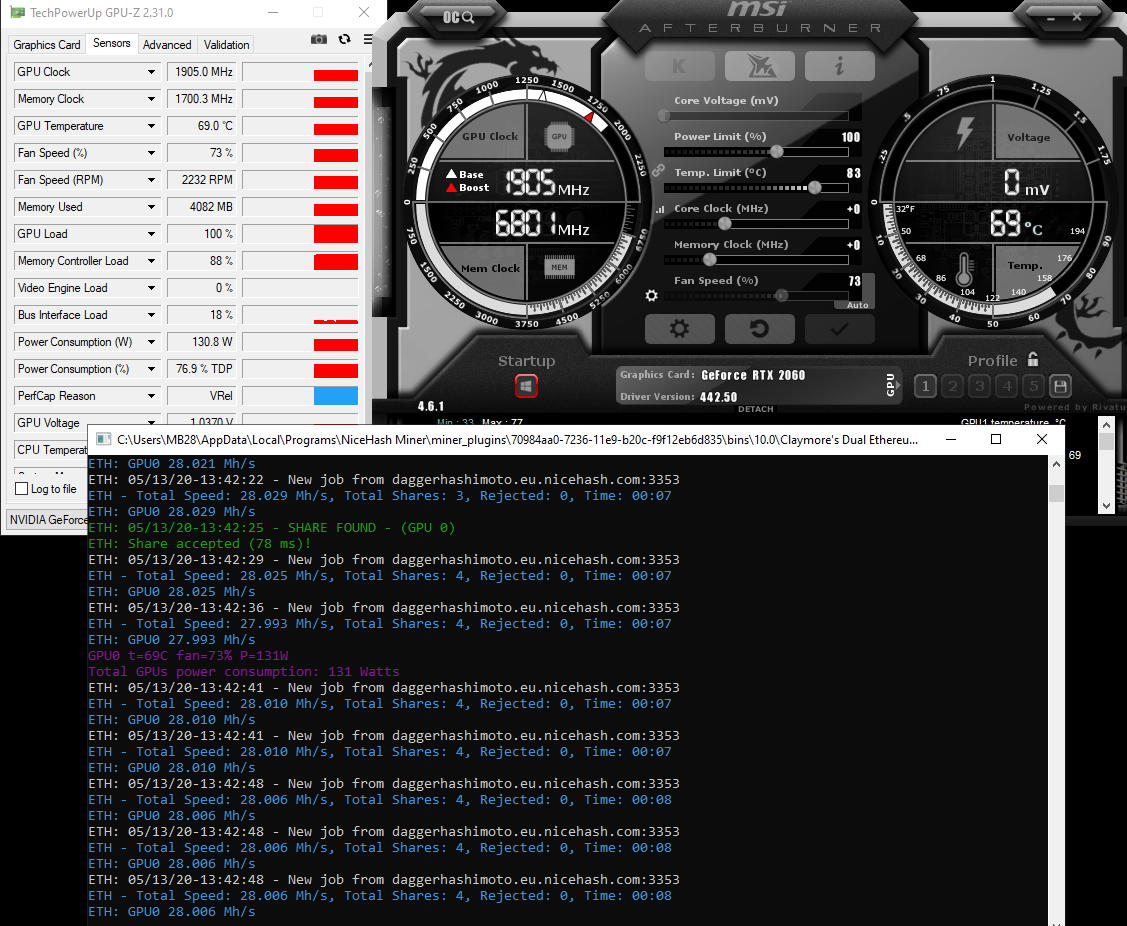
For example, the 10900K will run at 4.9GHz under an all-core load forever in many boards, whereas our stock testing with Intel stock limits applied showed the CPU running at 4.1-4.2GHz across all cores after 56 seconds elapsed. These variables are not part of the enforced spec, so breaking the suggested limits is not considered overclocking, and motherboard manufacturers go hog-wild pushing these limits to the highest values that the assigned bytes can hold, resulting in thermals and performance that are completely out-of-whack with what the processor’s listed capabilities would suggest.

Intel also has guidelines for short-term power draw, long-term power draw, and boost duration. Breaking these turbo limits is considered overclocking. Here are some examples from Coffee Lake’s launch (8700K) and before:Ĭoffee Lake & Older CPU PL1, PL2, Tau Example Specsįor example, the 10900K’s max limited-core turbo multiplier is 53x and all-cores is 49x (when the CPU is operating below 70C).


To reiterate, Intel’s specification defines turbo limits-the multipliers for boosting on one core, two cores, etc, all the way up to an all-core turbo boost. This serves as a companion piece to the most recent of these, our “ Intel i9-10900K ‘High’ Power Consumption Explained” video. We’ve talked about Intel turbo and “Multi-Core Enhancement” many, many times in the past. This has led to motherboard manufacturers playing games with numbers for boost duration, voltages, BCLK, and other settings in order to differentiate their boards from the competition with tangible performance increases. Using higher-quality or more expensive components doesn’t always translate directly into running Fortnite at a higher framerate, which makes it harder to communicate to consumers why they should spend $200 on board X instead of $100 on board Y if both can run the same CPUs. There are definitely better and worse boards, and you can check any of the roundups or reviews Buildzoid has produced for this channel for explanations as to why, but “better” doesn’t mean “higher FPS in games” here. It’s difficult to differentiate motherboards, at least from a marketing perspective.


 0 kommentar(er)
0 kommentar(er)
